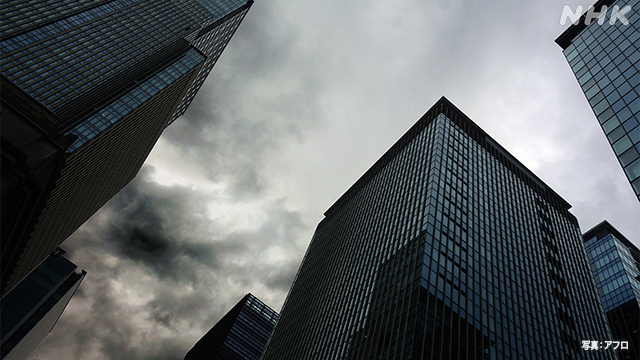The estimated value of the "supply and demand gap" of the Japanese economy from July to September last year announced by the Bank of Japan on the 6th was negative, with demand falling below supply capacity for the second consecutive quarter.
Due to factors such as the decline in demand for food and drink and accommodation due to the effects of the new coronavirus, there are concerns that the negative situation, in which prices are likely to fall, will be prolonged.
The output gap is an index that shows the difference between the demand and potential supply capacity of the Japanese economy as a whole, and it is said that prices tend to fall when demand falls below supply capacity.
The Bank of Japan estimates the output gap every three months, and the estimated value from July to September last year announced on the 6th was minus 3.34%.
It improved by more than 1 point compared to the previous period from April to June last year, but it was negative for the second consecutive period.
This period corresponds to the period when economic activities that had to be reduced due to the influence of the new coronavirus gradually resumed, but it was negative because demand did not recover sufficiently in a wide range of fields centered on food and drink and accommodation. I stayed at.
In addition, the "potential growth rate", which indicates the potential growth rate of GDP = gross domestic product, announced by the Bank of Japan, shows that the growth rate for half a year from April to September last year became negative for the first time in 10 years, and the new corona It is a form that shows the magnitude of the impact that has given to the Japanese economy.

